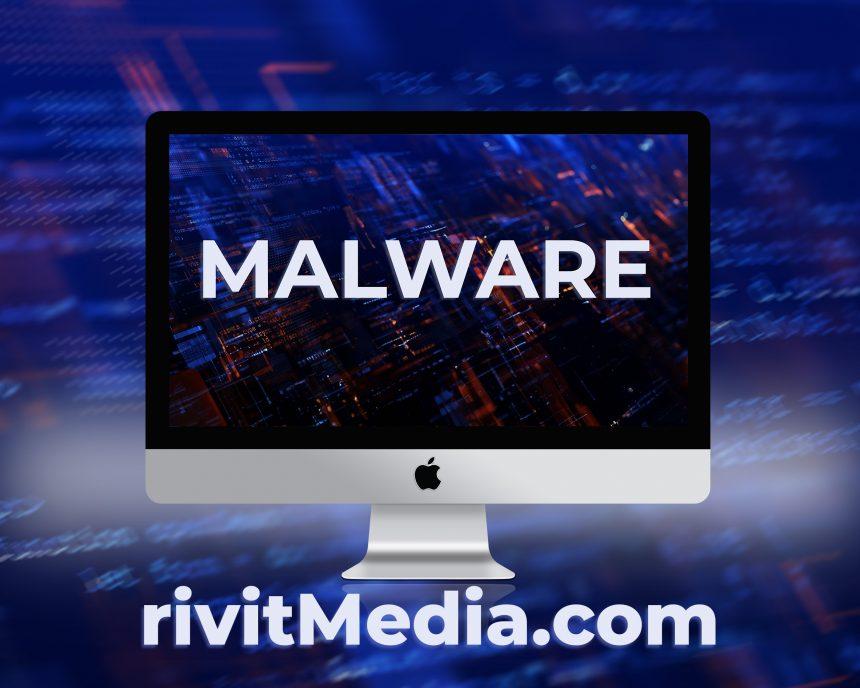AgentUpdater stands out as a potent and stealthy malware capable of wreaking havoc on unsuspecting users’ systems. Operating under the guise of a legitimate software updater, AgentUpdater employs cunning tactics to infiltrate systems, compromising security and privacy. In this article, we delve into the intricacies of this threat, detailing its actions, consequences, detection names, removal guide, and best practices for prevention.
Understanding AgentUpdater: Actions and Consequences
AgentUpdater disguises itself as a benign software updater, exploiting users’ trust in software update mechanisms to gain access to their systems. Once inside, it initiates a series of malicious actions, including but not limited to:
- Installation of Additional Malware: AgentUpdater often serves as a conduit for the installation of additional malware payloads onto the infected system. These payloads may include ransomware, spyware, keyloggers, or other types of malware, exacerbating the security risks.
- Data Theft: One of the primary objectives of AgentUpdater is to exfiltrate sensitive information from the infected system. This may include personal data, login credentials, financial information, and more, putting users at risk of identity theft and financial loss.
- System Instability: The presence of AgentUpdater can lead to system instability and performance issues. The malware may consume system resources, cause frequent crashes, or render certain applications unusable, disrupting normal operations.
- Remote Access: AgentUpdater may grant unauthorized remote access to the infected system, allowing threat actors to control the system remotely, execute commands, and carry out malicious activities without the user’s knowledge.
Detection names for AgentUpdater may vary across different antivirus solutions and security platforms. Some common detection names include:
- Trojan.AgentUpdater
- Trojan.Downloader.AgentUpdater
- Backdoor.AgentUpdater
- Win32/AgentUpdater
Similar threats to AgentUpdater include:
- UpdaterEx: Another malware masquerading as a legitimate updater, known for its ability to download and execute additional malicious payloads.
- UpdateService: This threat operates similarly to AgentUpdater, posing as a legitimate update service while secretly conducting malicious activities on the infected system.
Removing AgentUpdater: A Comprehensive Guide
Removing AgentUpdater from an infected system requires a systematic approach to ensure complete eradication of the malware. Follow these steps carefully:
- Enter Safe Mode: Restart the infected system and enter Safe Mode to prevent AgentUpdater from running alongside essential system processes.
- Identify Malicious Processes: Use Task Manager or a reputable process management tool to identify any suspicious processes associated with AgentUpdater. Terminate these processes to prevent further execution of the malware.
- Delete Malicious Files: Navigate to the directories where AgentUpdater and its associated files are located. These files may be hidden or disguised as legitimate system files. Look for any files with names resembling AgentUpdater or exhibiting suspicious behavior, and delete them permanently.
- Remove Registry Entries: AgentUpdater may create malicious registry entries to ensure persistence on the infected system. Use the Registry Editor to search for and delete any registry keys or values associated with the malware.
- Scan with Antivirus Software: Perform a thorough scan of the system using reputable antivirus software. Update the antivirus definitions to ensure detection of the latest threats, including AgentUpdater. Quarantine or delete any detected malware.
- Reset Browser Settings: If AgentUpdater has tampered with browser settings, reset the affected browsers to their default configurations to remove any unwanted extensions, plugins, or search engines installed by the malware.
- Update System and Software: Ensure that the operating system and all installed software are up to date with the latest security patches and updates. This helps mitigate vulnerabilities that malware like AgentUpdater may exploit.
- Change Passwords: As a precautionary measure, change passwords for online accounts accessed from the infected system to prevent unauthorized access by threat actors.
- Monitor System Activity: Regularly monitor the system for any signs of suspicious activity or performance degradation. Be vigilant for any recurring symptoms that may indicate a potential reinfection by AgentUpdater or other malware.
Preventing Future Infections: Best Practices
To safeguard against future infections by threats like AgentUpdater, adopt the following best practices:
- Exercise Caution with Downloads: Be wary of downloading software or files from untrusted sources, especially if prompted by pop-up ads or unsolicited emails.
- Keep Software Updated: Regularly update operating systems, software applications, and security tools to patch known vulnerabilities and enhance overall security posture.
- Enable Firewall Protection: Activate and configure firewall settings to block unauthorized access to the system and network, thereby reducing the risk of malware infiltration.
- Practice Safe Browsing Habits: Avoid clicking on suspicious links, advertisements, or attachments in emails or on websites. Exercise caution when entering personal or financial information online.
- Use Reliable Security Software: Install reputable antivirus and anti-malware software and keep them updated with the latest definitions to detect and remove threats like AgentUpdater proactively.
- Educate Yourself and Others: Stay informed about emerging cyber threats and educate yourself and others about common tactics used by cybercriminals, such as social engineering techniques and phishing scams.
By remaining vigilant and implementing these preventive measures, users can significantly reduce the likelihood of falling victim to malware attacks like AgentUpdater.
In conclusion, AgentUpdater represents a significant cybersecurity threat, capable of compromising the security and privacy of affected systems. By understanding its behavior, employing effective removal techniques, and adopting proactive security measures, users can mitigate the risks posed by this stealthy malware and protect their digital assets from harm.





